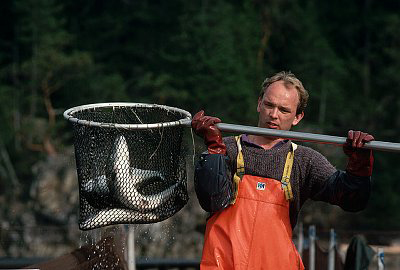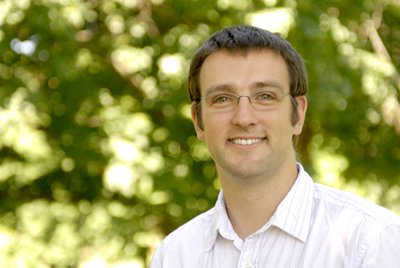One of the best-selling books of 2005 was “Freakonomics: A Rogue Economist Explores the Hidden Side of Everything,” which debunked conventional wisdom and highlighted the role of statistics in getting to the bottom of our thornier questions. In a similar way, UK’s newest statistical scholars, Simon Bonner and Matthew Schofield, have focused their research on the emerging field of ecological statistics in ways that could potentially impact how we attempt to protect threatened species.
But first, just what is ecological statistics?
“As a statistician focusing on ecological problems, I'm interested in developing new statistical methodology for analyzing data from populations of wild plants and animals,” explained Bonner. “These methods might be used to monitor a threatened species, to study how a population changes over time or to determine how a species is affected by different factors in its environment.”

There are many other specialized subsets in statistics: financial statistics, medical statistics and agricultural statistics. In ecological statistics, statisticians like Bonner and Schofield collaborate with scientists in biology and wildlife management to develop the statistical models and methods of data collection required to tease out certain ecological questions.
Rather than simply providing a service to other academic disciplines, Bonner and Schofield describe a symbiotic relationship between statisticians and their colleagues in other specialties.
"A thriving, successful statistics department works with other fields,” said Schofield. “This gives us the opportunity to use new and different datasets that help us to develop novel statistical models.”
Bonner explained, “Part of my job as a statistician is to help other researchers get the most out of data that might have taken them years to collect. In return, I can use their data to test new statistical ideas that can then be used by many other researchers.”
Obtaining precise estimates of the size of a population can profoundly impact both the environment and the economy. In an attempt to get a more accurate assessment of Pacific salmon populations, Bonner recently developed new statistical methods using data from mark-recapture experiments in which researchers capture individuals from the population and mark them so they can be identified if they are ever captured again.
“The salmon fishery is an important part of the economy along the west coast of both the U.S. and Canada, but if too many fish are caught in one year then this can threaten the populations,” Bonner explained. “A simple statistical method might tell us only that between 5 and 15 million fish are returning, and this is likely too rough to make good management decisions. New statistical methods that provide more precise estimates are critical for determining how many fish can be captured in the commercial fishery while sustaining the population.”

Even though they are from two different countries, Bonner from Canada and Schofield from New Zealand, their interests and research background are surprisingly similar. Both enjoy the outdoors and came to the field when searching for a more direct application of their interest in mathematics. While in graduate school they both worked in very similar research areas, though their work has diverged in recent years.
“I'm really excited to have the opportunity to work with Dr. Schofield at UK.” said Bonner “Although we have many common interests and studied similar problems in our doctoral research, we've worked in different areas since then and have developed different statistical toolsets. I think that this combination will give us some really good things to build on in our future work together.”
Bonner and Schofield are currently working to build interdepartmental relationships that they hope will be an asset to advancing ecological research at UK. At a time when the global community is seeking ways to best address the environmental challenges facing us all, this work could not be more timely or more important.

“There’s so much information out there, and it’s often used in a very poor way,” said Schofield. “For something as important as global warming, it’s critical that we understand exactly what we can learn from the data and what the data is telling us. We need to make sure the science is sound, and our side of that is making sure the statistics are correct.”
